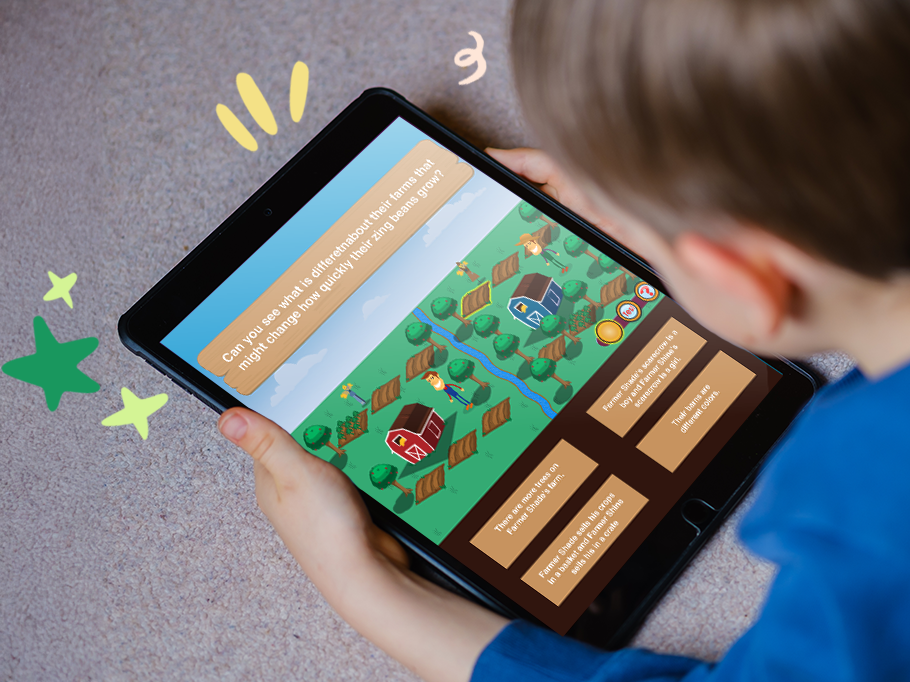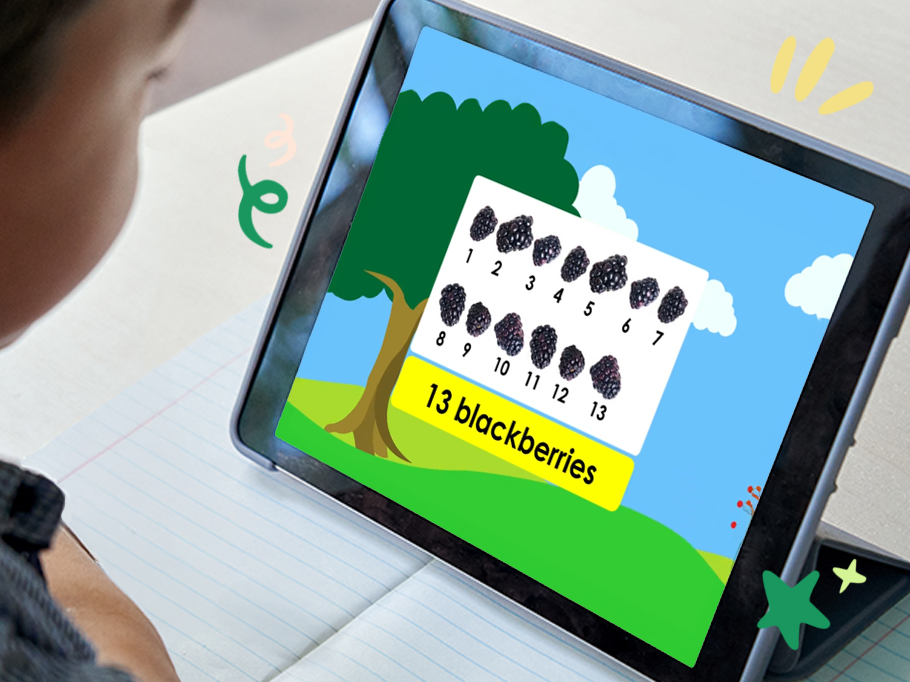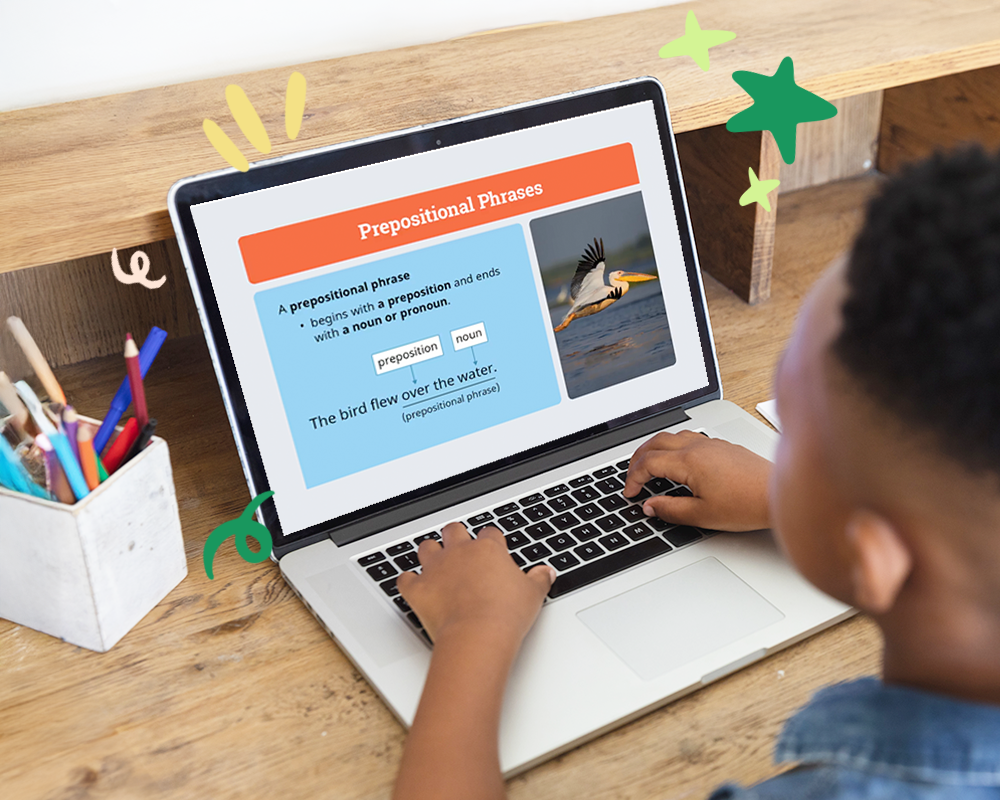How to homeschool in Kentucky


Kentucky homeschooling laws and options
We have done our best to ensure the accuracy of this information, however it should not be interpreted as legal advice. It is your responsibility to interpret and understand the laws that you will be homeschooling under.
How to homeschool with Time4Learning in Kentucky
Time4Learning includes key subjects like reading, writing, mathematics, science, history, and civics, aligning with Kentucky's educational requirements. The platform also offers tools to help parents track attendance and ensure they meet the minimum required instructional hours.


Kansas' high school graduation and diploma requirements

Kentucky’s standardized test requirements for homeschoolers

Applying to college as a homeschooler in Kentucky


















